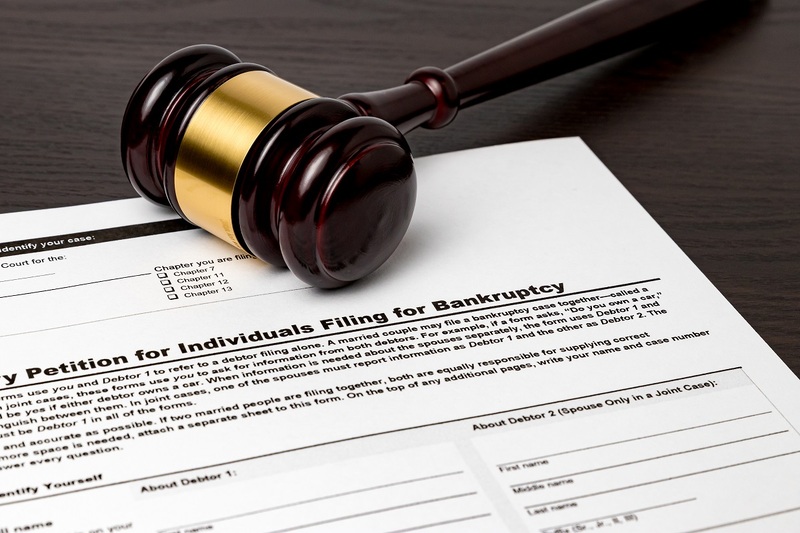Personal insolvencies expected to rise in 2024
More than eight in ten of experts in the insolvency industry expect to see a rise in personal insolvency numbers in 2024, according to figures from R3.

Senior Journalist, covering the Credit Strategy and Turnaround, Restructuring & Insolvency News brands.

Senior Journalist, covering the Credit Strategy and Turnaround, Restructuring & Insolvency News brands.
When asked about the scale of the increase, 58% said personal insolvency levels expect to rise moderately in 2024 when compared to 2023 – while 27% believe they’ll rise substantially.
As for this year, 44% of personal insolvency experts experienced a rise in their workload in 2023 – with 39% reporting a moderate rise and five percent reporting a substantial one. When it comes to the drivers of this, the economic downturn was named by 30% of respondents as the main cause – followed by a rise in interest rates, a failure to repay unsecured debt and business failure.
Commenting on this, Mark Sands – chair of the personal insolvency committee at R3 and head of insolvency at Apex Litigation finance – said: “This data shows that the cost-of-living crisis – with rising prices and falling wages – is taking a toll on personal finances in the UK and suggests numbers may spike in 2024 unless something substantial changes economically.
“Statistics published by the Insolvency Service in October show that while overall personal insolvency numbers decreased between the first and third quarter of this year compared to the same period in 2022, the number of people entering bankruptcy or being granted a Debt Relief Order (DRO) in the first three quarters of this year actually increased by more than a fifth (22.6%) and the number of people entering a Breathing Space Moratorium were substantially higher than in the same period in 2022.
“The fact that numbers for DROs and bankruptcies, which typically cater for those with higher levels of debt, have increased this year suggests there is a serious debt problem in the UK.
“At the same time, more than 20,000 more people entered a breathing space moratorium in the first nine months of this year compared to the first three quarters of 2022, and this implies that an increasing number of people are taking and needing a break from creditor pressure to consider their options for resolving their debts.”
